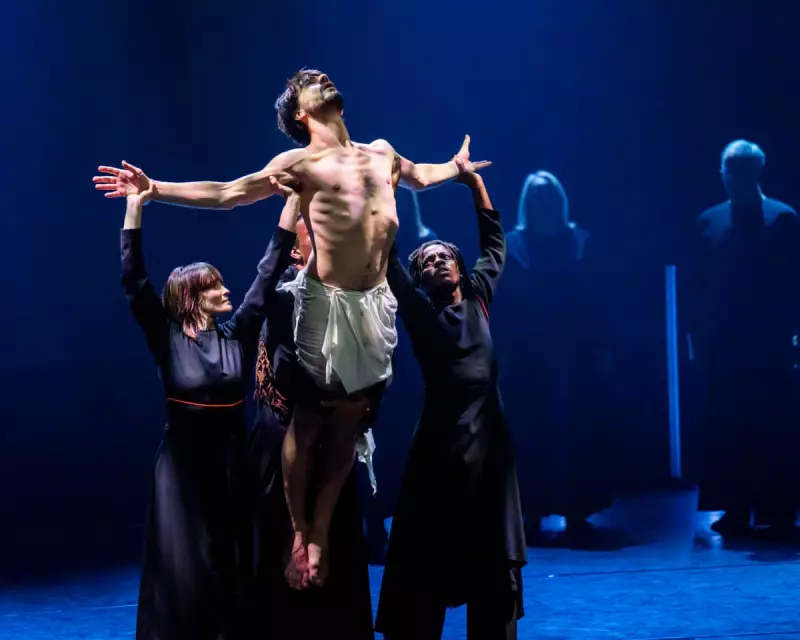
In an extraordinary collision of centuries, the Barbican Centre witnessed the resurrection of one of music's most controversial figures through a stunning new production that bridges Renaissance composition with contemporary movement.
A Murderous Composer's Legacy Reborn
Carlo Gesualdo, the 16th-century Italian prince notorious for murdering his wife and her lover, created music as turbulent as his life. His 'Tenebrae Responsories for Holy Saturday' forms the foundation of this production, with Les Arts Florissants under William Christie's direction bringing their signature precision to these haunting madrigals.
Choreography That Speaks Volumes
Amala Dianor's company provides the visual narrative, transforming Gesualdo's complex harmonies into physical expression. The dancers navigate themes of guilt, redemption, and spiritual torment with breathtaking athleticism and emotional depth.
The production masterfully avoids literal interpretation of Gesualdo's violent history, instead focusing on the universal human experiences embedded within the music - anguish, contemplation, and the search for absolution.
Musical Excellence Meets Visual Innovation
William Christie and his ensemble demonstrate why they remain preeminent interpreters of early music. Their performance captures both the dissonant daring and spiritual yearning that makes Gesualdo's work so compelling four centuries later.
The staging creates a dialogue between musical and movement languages, with dancers sometimes echoing vocal lines and other times creating counterpoint to the harmonic tension.
A Triumph of Cross-Disciplinary Collaboration
This production represents the Barbican at its best - bringing together world-class musicians and cutting-edge choreographers to create something genuinely new. The standing ovation felt earned not just for individual excellence, but for the seamless integration of these art forms.
For audiences familiar with early music, it offers fresh perspective. For dance enthusiasts, it introduces one of history's most fascinating composers. And for all, it demonstrates the timeless power of artistic expression to confront darkness and seek transcendence.





